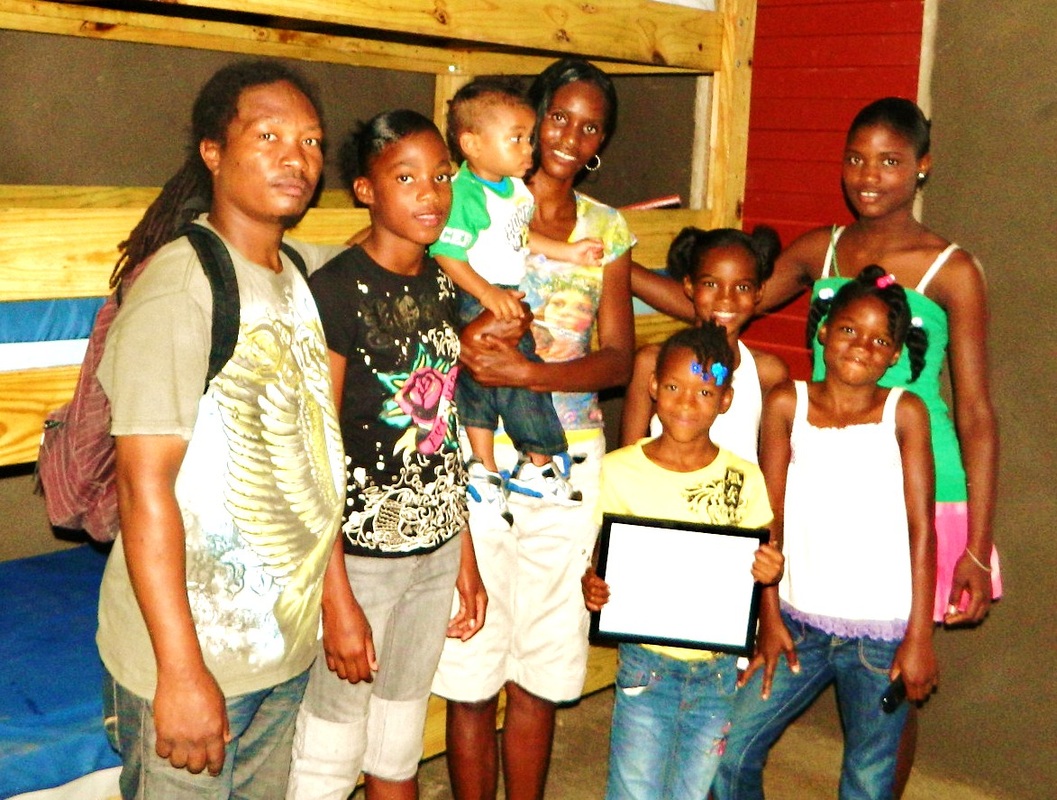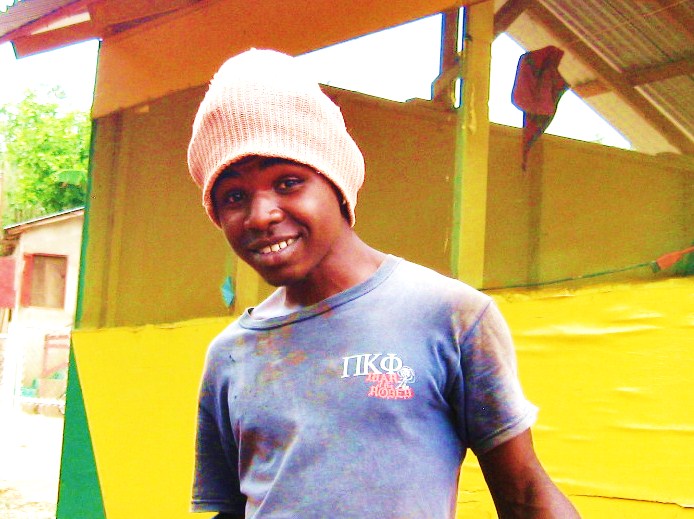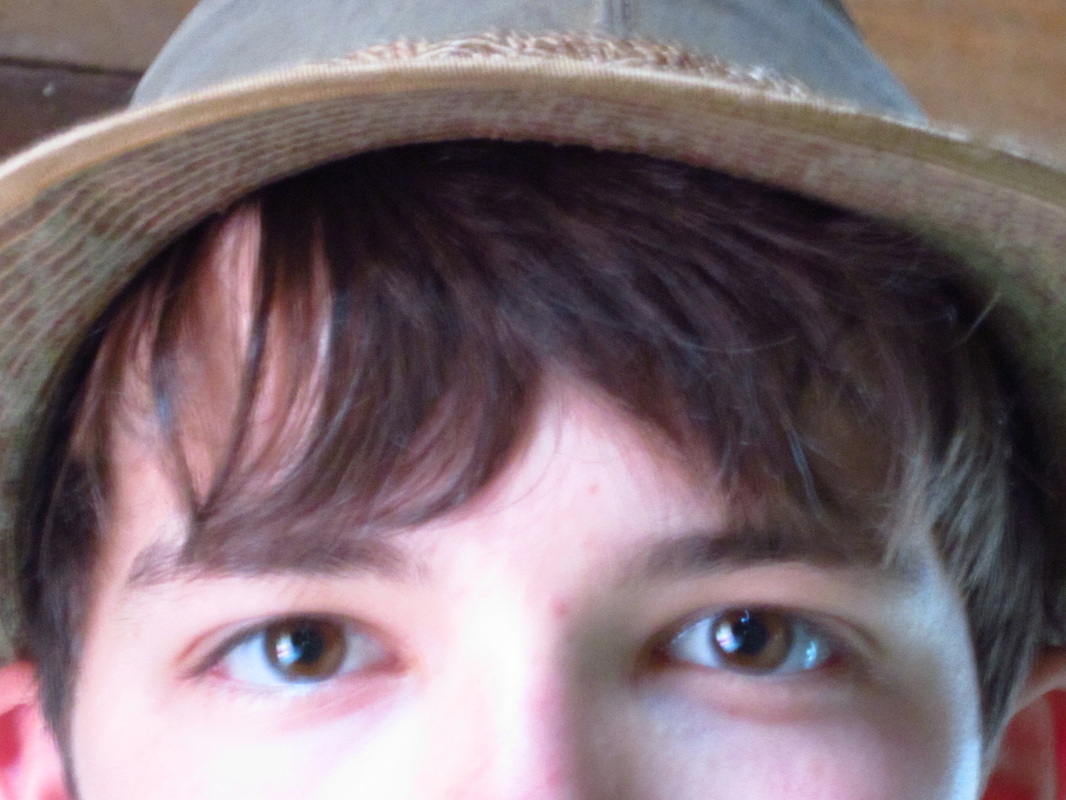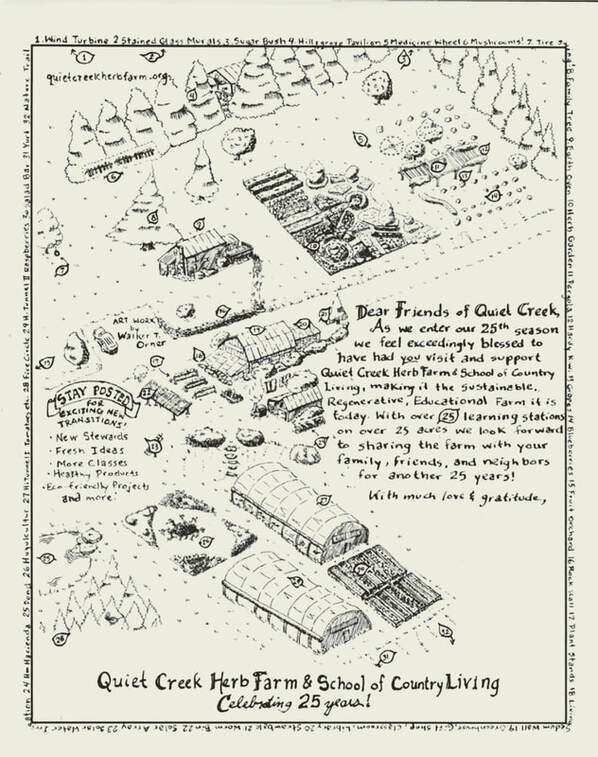When we think of Jamaica, we think of white sand beaches, palm trees and Bob Marley. There is a lot more to this country than cruise ships and honeymoons; it houses a diverse and historically-rich population.
Jamaica’s first inhabitants were believed to be a peaceful people called the Arawaks. Theoretically, they wandered out of Siberia, across the Bering Strait slowly and spreading southward.
Arawaks were simple and generous. When Columbus arrived in 1494 on his second voyage, they believed the Spaniards were gods and gave them the little gold they had. They ate little; Ferdinand, Columbus’ son, wrote that that what Spaniards ate in one day would last an Arawak twenty.
The Arawaks died out quickly due to the Spanish sport of killing them and also do to contiguous European diseases, mainly smallpox, for which they had no resistance. Eventually the Spanish took control of Jamaica and made it a center of trade from plantations. They made it very profitable and so it was not a surprise when the English attacked the weakly defended island and took control in 1654.
As the slave trade in the Greater Antilles grew, Jamaica became a dumping ground for troublesome slaves. Some of these slaves escaped into the cockpit area which is located in the central western part of the island. Its terrain includes rocky crags, cliffs and caves being extremely hard to navigate. These deserting slaves were called Maroons.
The Maroons were hostile to outsiders and would frequently attack and burn large plantations.
The slaves developed their native language called patois (pronounced paw-twa) so they could talk without the plantation owners. This Jamaican Creole was a dialect of slurred and abbreviated African, Spanish, and English.
After years of complaints, England sent its army to dispose of the Maroons. The English were familiar with fighting in open fields, in straight lines and with laws of war. They marched up through the cliffs beating drums and wearing bright red coats expecting meet the Maroons in the open and face to face.
Two words describe Maroon war tactics: ambush and camouflage. They surrounded the English and quickly defeated them. In 1838 the slaves were emancipated and in 1962 Jamaica gained its independence from England.
Through peace and strife, many people reside in Jamaica. Beautifully adorn in dark chocolate and flamboyant dialect, they are community-based, mischievous, hardworking, rebellious if taunted, and strong hearted. That is why the national motto “Out of many people, one”
Jamaica’s first inhabitants were believed to be a peaceful people called the Arawaks. Theoretically, they wandered out of Siberia, across the Bering Strait slowly and spreading southward.
Arawaks were simple and generous. When Columbus arrived in 1494 on his second voyage, they believed the Spaniards were gods and gave them the little gold they had. They ate little; Ferdinand, Columbus’ son, wrote that that what Spaniards ate in one day would last an Arawak twenty.
The Arawaks died out quickly due to the Spanish sport of killing them and also do to contiguous European diseases, mainly smallpox, for which they had no resistance. Eventually the Spanish took control of Jamaica and made it a center of trade from plantations. They made it very profitable and so it was not a surprise when the English attacked the weakly defended island and took control in 1654.
As the slave trade in the Greater Antilles grew, Jamaica became a dumping ground for troublesome slaves. Some of these slaves escaped into the cockpit area which is located in the central western part of the island. Its terrain includes rocky crags, cliffs and caves being extremely hard to navigate. These deserting slaves were called Maroons.
The Maroons were hostile to outsiders and would frequently attack and burn large plantations.
The slaves developed their native language called patois (pronounced paw-twa) so they could talk without the plantation owners. This Jamaican Creole was a dialect of slurred and abbreviated African, Spanish, and English.
After years of complaints, England sent its army to dispose of the Maroons. The English were familiar with fighting in open fields, in straight lines and with laws of war. They marched up through the cliffs beating drums and wearing bright red coats expecting meet the Maroons in the open and face to face.
Two words describe Maroon war tactics: ambush and camouflage. They surrounded the English and quickly defeated them. In 1838 the slaves were emancipated and in 1962 Jamaica gained its independence from England.
Through peace and strife, many people reside in Jamaica. Beautifully adorn in dark chocolate and flamboyant dialect, they are community-based, mischievous, hardworking, rebellious if taunted, and strong hearted. That is why the national motto “Out of many people, one”



 RSS Feed
RSS Feed
